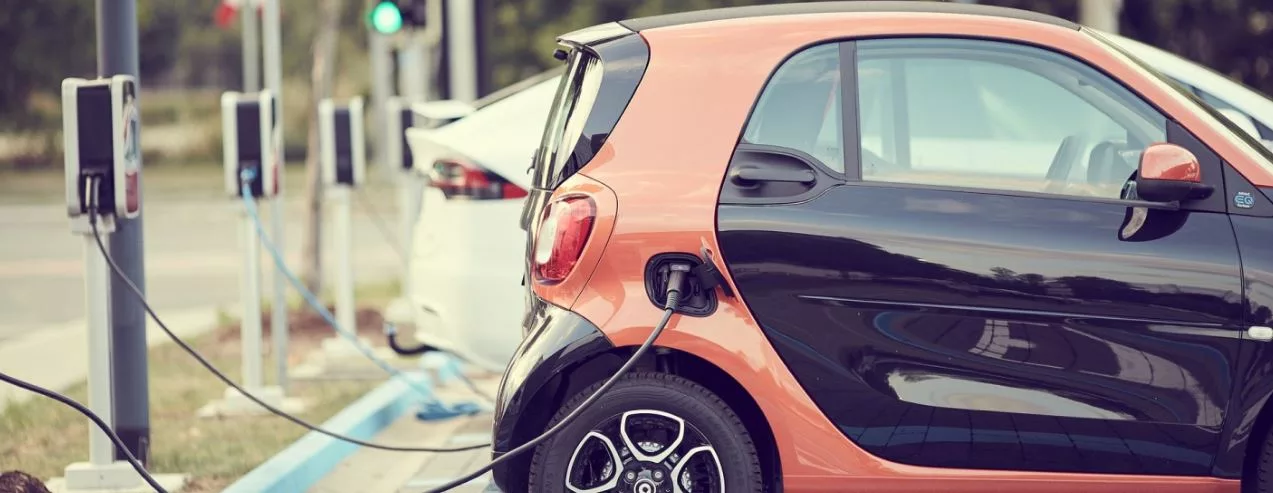If you’re a first-time electric vehicle owner, you probably have a lot of questions. Compared to ordinary cars, there are a lot of things you need to do differently with your electric car. First-time EV owners often build new driving habits, such as a charging routine. Most of the charging habits more than likely end up hurting the battery life.
If you’re someone who keeps your car’s interior clean and shiny, the exterior is scratch-proof, keeps up with oil changes, and more. Then you should absolutely avoid making these common EV charging mistakes.
Let’s go over the list of common EV charging mistakes that new riders should avoid.
List of Common EV Charging Mistakes
EV batteries, just like any other batteries, can lose their efficiency if they aren’t treated right. If you don’t want your EV batteries to lose their efficiency, then here are some common mistakes you need to avoid while charging your EV.
1. Overcharging is a Bad Habit
Overcharging can be a huge problem if you don’t pay attention. Fortunately for EV owners, almost all cars today come with AI-assisted software and algorithms that prevent your battery from deteriorating.
Don’t leave your EV charging overnight, or charge it all day long. While EV software may help your car, in the long run, continuously overcharging your car can be a bad idea.
Fortunately, electric vehicles in the U.S. come with a minimum of an 8-year battery warranty. With ideal charging habits, the car batteries will easily outlast the posted lifespan.
The best way to prolong your EV’s battery life is by using the 80-20 rule. It’s a rule that even the most manufacturers suggest. As a general rule, never charge your EV over 80%, unless you’re going on a road trip. Also, don’t let your batter go lower than the 20% threshold.
When you charge your EV to 100% over and over again, you gradually reduce its lifespan. EVs are generally very low maintenance, and they’re very easy to care for compared to a traditional car.
2. Level 1 Charging at Home Isn’t a Good Idea
While charging your EVs at home is one of the convenience of owning an EV, it also has some drawbacks. Unless you have a modern home with all the modern upgrades to install a faster level 2 charger, you’ll have access to only the level 1 charging. The ordinary level 1 charging is a 120V wall outlet.
Every EV in the US comes with charging cables, so naturally all the EV owners take advantage of it.
Slow charging at home may just not be enough for daily commutes and long weekend rides.
Even though most EVs can recharge quickly, using the level 1 charger will take forever and the cables can get REALLY hot. This increases the chances of short circuits, overheating, and more. So, if you’re looking to buy a new fancy EV, you should upgrade your home with a faster level 2 wall charger.
3. Using Too Much Fast Charging
Similar to smartphone batteries, using too much fast charging hurts the battery life. While fast charging has its convenience, it degrades the battery really quickly. Why? Because your battery is receiving too much electricity very quickly.
Just because you have access to a Tesla Supercharger station or a DC fast charger near your home or office, doesn’t mean you should use it every single day.
Fast charging stations also heat up your battery to extreme levels. This is why most EV batteries come with systems and software that detect temperatures to slow down charging speeds. But, you can’t always rely on these software.
Constantly feeding your battery with a high amount of electricity can affect the capacity and hurt the battery’s health. While fast charging may help you charge your car quicker, you should use it only when it’s 100% necessary.
Instead of fast charging, opt for level 2 quick charging.
4. Prevent Charging During Peak Hours
Electricity in almost all the areas in the US costs more during peak hours. Most people do their laundry at night, and they turn the AC down when you’re not home. If you’ve bought an EV, you need to include charging your car in your routine. To do this, you need to take advantage of off-hour charging.
Don’t plug your car in as soon as you get home (5-6) PM, which is a peak time for most of the country. Just wait a couple of hours and charge your cars at night when electricity costs less.
Unfortunately, a lot of people don’t stay up at 10 PM or later, which is when the electricity is at its cheapest. If you don’t have any issues with charging your car after peak hours, you should also note to not leave your car charging all night long.
The best option is to charge your car late in the night or very early in the morning.
5. Never Leave Your EV Plugged in Overnight
You can leave your EV plugged in overnight, especially if you’re using a level 2 charger. But as a general rule, you should avoid letting it sit at 100% for hours continuously. If you know you’ll reach the full battery percentage at an ideal time, you should turn off the charger.
The same goes for when you’re using fast chargers in public places. They can charge your car pretty quickly, so leaving your EV plugged in after the battery is 100% can hurt the battery life.
As we mentioned above, most EVs today come with features that will cut off charging once it reaches a certain point. But, the charger will still keep sending heat to the battery, which will overheat the overall system and burden the unit more than needed.
6. Prevent Battery Levels from Hitting 0
Lithium-ion batteries of any kind should never hit zero. The battery cells can permanently die which in turn reduces the car’s overall capacity. It won’t affect you once or twice, but if it happens continuously, it adds up.
Letting your car battery get to zero can accelerate the natural battery degradation and give you a far shorter range than expected. Fortunately, most modern electric vehicles will stop moving or ask you to charge before the battery goes to 0. The ideal rule of thumb is to try and keep your battery between 10-20%.
If you leave your EV parked for a long time with a low battery percentage, it could also lead to your battery levels reaching 0.





